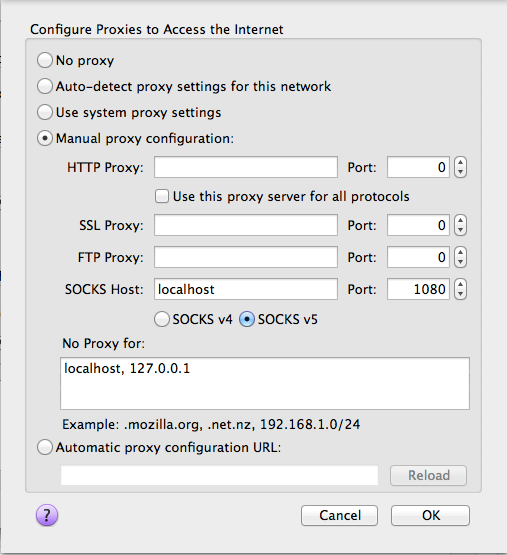How to create a Mavericks bootable USB drive.
- October 25th, 2013
- Write comment
I really don’t understand why Apple makes somethings so difficult for users. Since, Apple no longer distributes their OS upgrade installation media and they have no made an ISO/DMG easily available, we have had to figure out different ways to create a bootable media. For Lion and Mountain Lion it was pretty simple once you figured out how to find the DMG buried in the installation application. For Mavericks, it is different. You can find the DMG in the package, but using the same method does not produce a bootable media. Instead, you have to use createinstallmeda which is a program buried in the installation package.
You must be root to execute the program, so you su or sudo to gain root privileges. The volume is the name of you USB drive. It takes while to to create, but does work.
# /Applications/Install\ OS\ X\ Mavericks.app/Contents/Resources/createinstallmedia –volume /Volumes/SanDisk –applicationpath /Applications/Install\ OS\ X\ Mavericks.app –nointeraction
Erasing Disk: 0%… 10%… 20%…100%…
Copying installer files to disk…
Copy complete.
Making disk bootable…
Copying boot files…
Copy complete.
Done.
Here is the help output:
Usage: createinstallmedia –volume
–applicationpath [–force] Arguments–volume, A path to a volume that can be unmounted and erased to create the install media.
–applicationpath, A path to copy of the OS installer application to create the bootable media from.
–nointeraction, Erase the disk pointed to by volume without prompting for confirmation.Example: createinstallmedia –volume /Volumes/Untitled –applicationpath /Applications/Install OS X Mavericks.app
